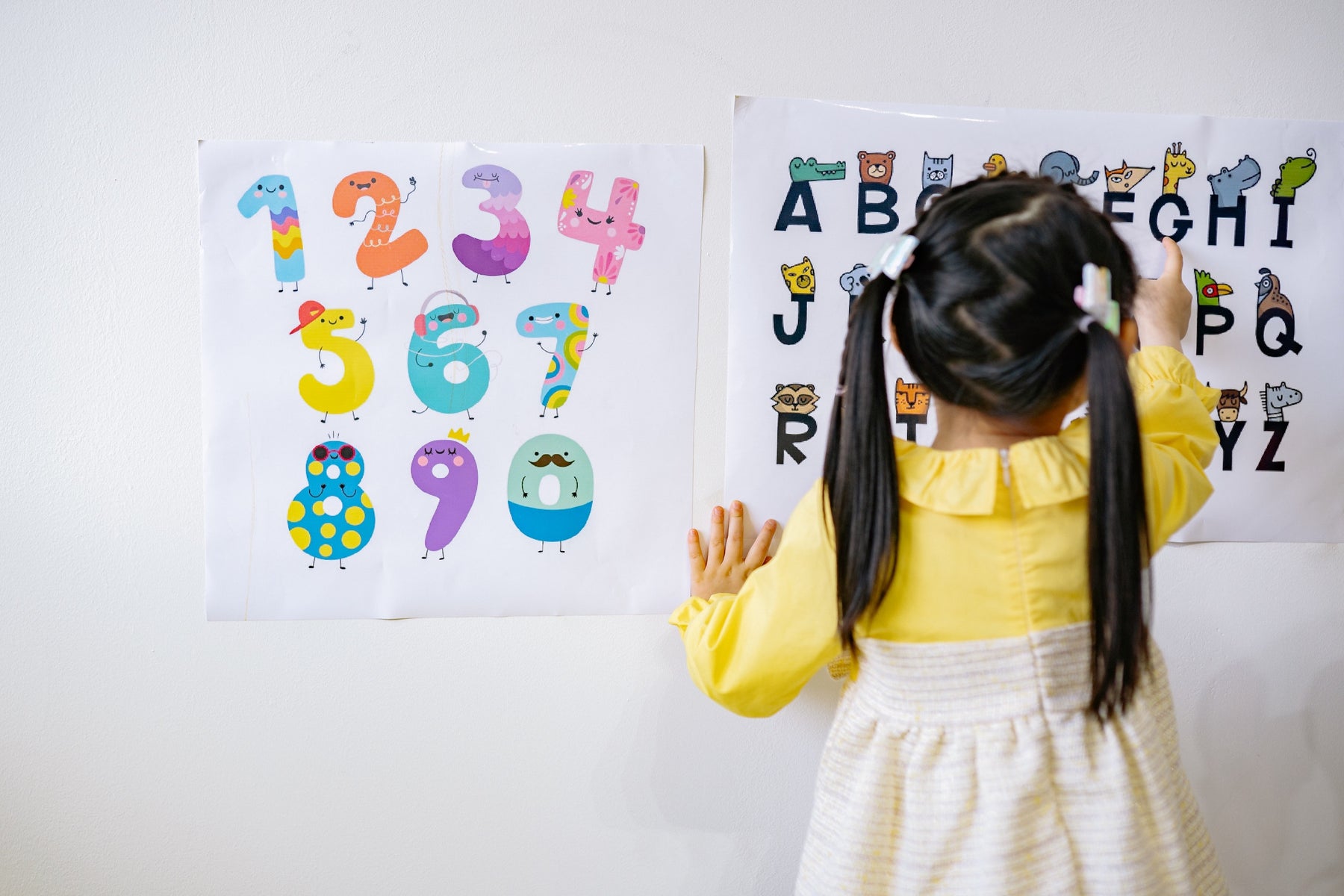
Screen Time & Learning to Read
Table of Contents
Since the early days of "Sesame Street", research has found that 3 to 5-year olds can learn from slow-paced, thoughtfully designed children’s media, such as alphabet recognition and letter sounds.
Studies have shown that infants and toddlers learn actions, words, and problem solving directly from a person, more easily.
Objects and characters on screens look and behave differently than their real-world counterparts, however, with advances in 3D rendering technology from companies like NVIDIA with their Omniverse platform, and haptic and audible feedback on devices such as Apple's iPad, the digital world will gradually look, sound, and feel a lot more like the real world.
Guidelines from the American Academy of Pediatrics (AAP) :
All Ages & Parents
Parents, co-view media with your kids (enjoy it with them) to help them learn from what they are doing, seeing, and saying online. Be their media mentor!
The basic pattern that has been found in several studies is that children learn better from a person who is with them face-to-face than from a person on a screen, even if it’s the exact same person doing the exact same thing.
Grade-schoolers & Teens
Don’t let media displace important activities and family meals. 1 hour of exercise daily, and a full night’s sleep “Unplugged” downtime is recommended by the AAP.
2 to 5-year olds (Preschool)
1 hour or less a day of screen-time (of high-quality programming). Caregivers (parents, grandparents, uncles, aunts, babysitters, etc.) should take part in screen-time: "Co-view” with your children to help your children understand what they are seeing, and help them apply what they learn to the world around them.
Note: After 3 years old, improvements in language, cognition, social awareness and experience with screens make their learning more flexible, and some transfer from digital to the real world can occur.
Source: The Encyclopedia on Early Childhood Development
Babies, children younger than 18 months
No screens are best according to the AAP — with one exception: live video chat. Observational research has shown that infants ~ 6 months old are emotionally engaged by playing live peekaboo with Grandma on Skype, Facetime, or Zoom.
Unlike older children, infants and toddlers need responsive, face-to-face encounters with real, live humans in order to learn new information.
The best way for infants and toddlers to learn, is through positive interactions with an adult, whether playing a board game, reading a book or having screen time.
In General:
According to the AAP, studies from various institutions found that learning is most likely to happen when adults use dialogic questioning — asking the child questions and inviting them to interject their own thoughts, feelings and ideas.
Well designed e-books could facilitate word learning, emergent literacy, and reading in older children. For example, the thoughtful use of multimedia - highlighting or animating relevant parts of picture or text, hotspots on the screen that when touched activate interactive features such as dictionaries, word readouts. Learn about Reading Roo.
Solutions that are more open-ended allow a child to be creative and interact with their world.
Advances in AI, Deep Learning and Large Language Models (LLMs) could contribute to this open-ended approach of learning with technology, allowing older children to explore and create in a digital world with their parents by-their-side.
See also:
Help a Child Learn to Read at any Age
Popular Reading Books for Children, Kids
